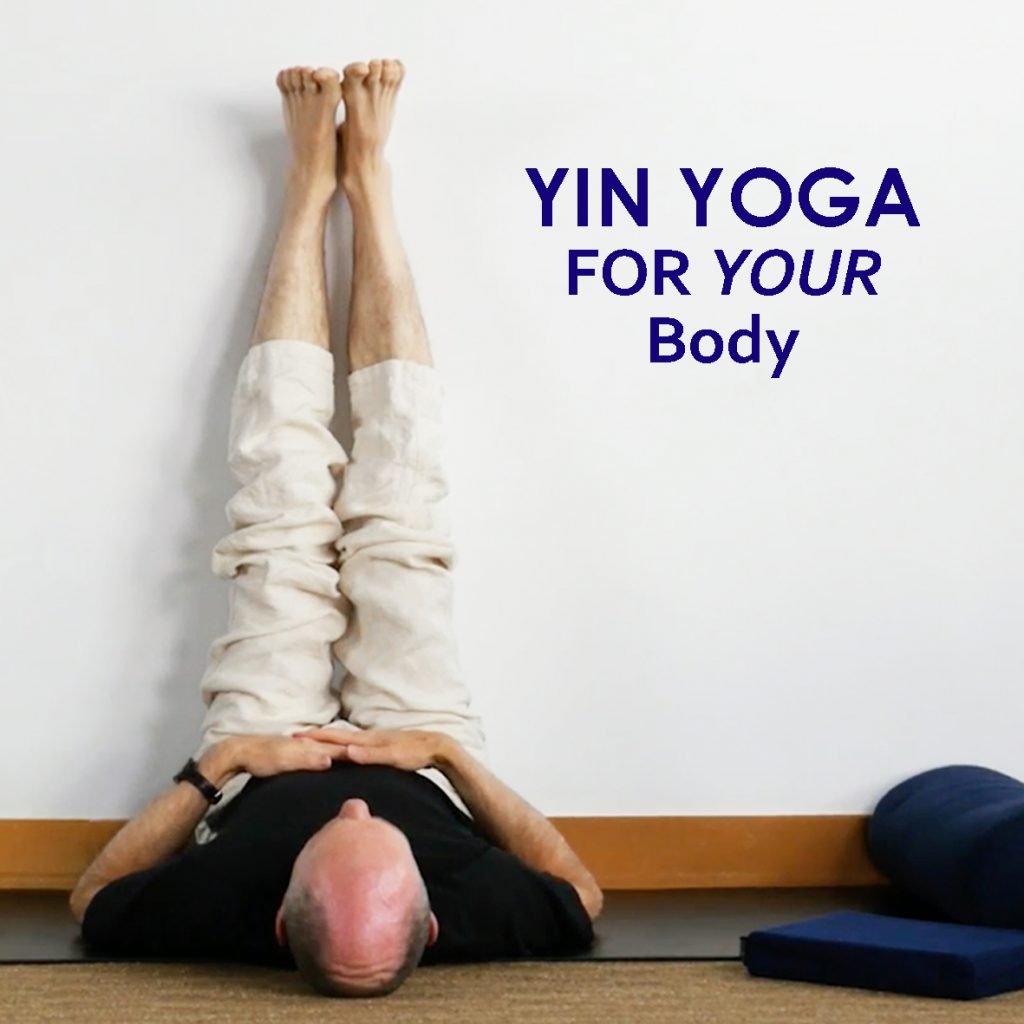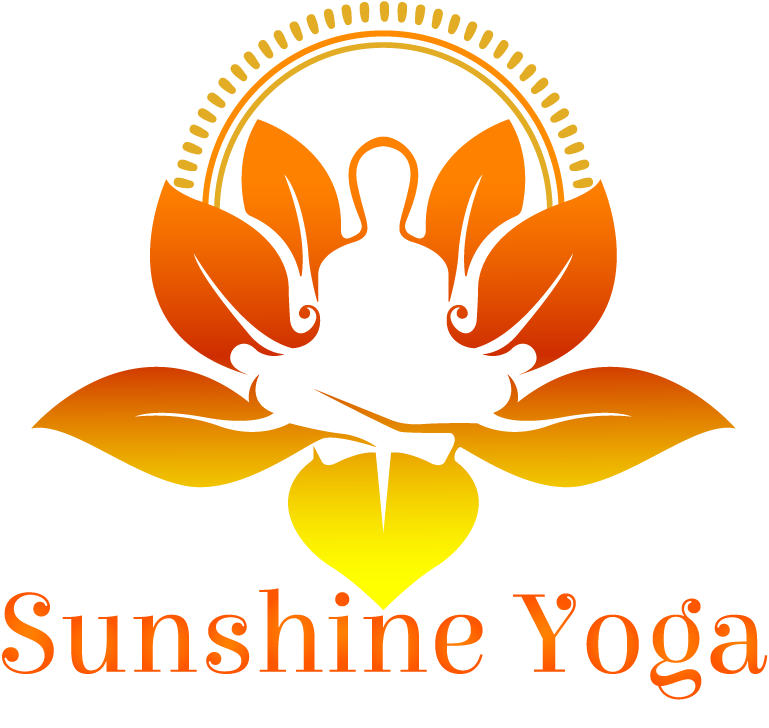Yin yoga
- Home
- Yin yoga


Yin yoga
Yin Yoga is a slow-paced style of yoga as exercise, incorporating principles of traditional Chinese medicine, with asanas (postures) that are held for longer periods of time than in other styles. For beginners, asanas may be held from 45 seconds to two minutes; more advanced practitioners may stay in one asana for five minutes or more. The sequences of postures are meant to stimulate the channels of the subtle body known as meridians in Chinese medicine and as nadis in Hatha yoga.Yin Yoga poses apply moderate stress to the connective tissues of the body—the tendons, fasciae, and ligaments—with the aim of increasing circulation in the joints and improving flexibility. A more meditative approach to yoga, its goals are awareness of inner silence, and bringing to light a universal, interconnecting quality.
Yin Yoga was founded in the late 1970s by martial arts expert and yoga teacher Paulie Zink Taoist yoga (Tao Yin). Yin Yoga is taught across North America and Europe.
Yin Yoga is based on the Taoist concepts of yin and yang, opposite and complementary principles in nature. Yin could be described as stable, immobile, feminine, passive, cold, and downward moving. Yang is understood to be changing, mobile, masculine, active, hot, and upward moving. The sun is considered yang, the moon yin. In the body, the relatively stiff connective tissues (tendons, ligaments, fascia) are considered yin, while the more mobile and pliable muscles and blood are called yang. More passive asanas in yoga are considered yin, whereas the more active, dynamic asanas are described as yang.



